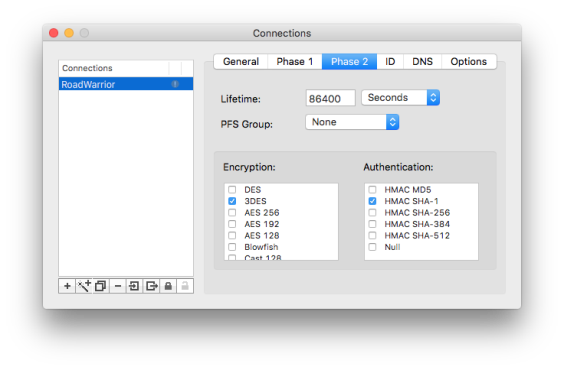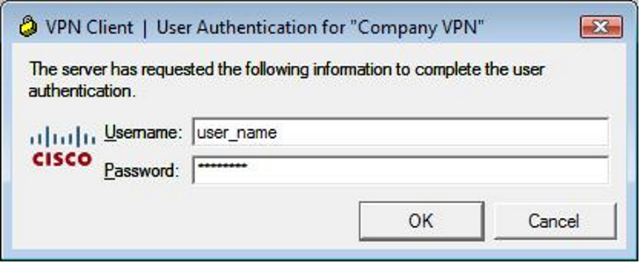
IPsec offers two modes of operation that can be enabled depending on the context. For communication, IPsec is also compatible with UDP and TCP. IPsec uses the asymmetric method to form a secure connection then leverages symmetric methods to boost connection speeds. The asymmetric method is considered safer many users can share the public key, while security relies on a locked-down private key that does not need to be shared with anyone else (unlike a symmetric key). Symmetric encryption shares one key between users, whereas asymmetric encryption relies on both private and public keys. IPsec also uses two types of encryptions: symmetric and asymmetric.

Each method is accompanied by a key, and these keys keep your data scrambled as it travels toward its destination. IPsec supports multiple encryption protocols, including AES, Blowfish, Triple DES, ChaCha, and DES-CBC. Encryption ensures the confidentiality of communications, even as it passes through third party systems on its way from the sender to the intended recipient. EncryptionĮncryption lies at the heart of the IPsec protocol suite. Internet and VPN communication cannot successfully occur without having these pieces in place. IPsec relies on a number of core components. Plus, data authentication also verifies the origin of all packets. IPsec’s receiver can verify the integrity of these packets from the sender to prevent unforeseen alterations from passing through. However, it’s the joint responsibility of the VPN and protocol to ensure data remains intact between sources. Packet loss isn’t uncommon in these situations. The contents of a data packet do not change in an ideal scenario.

Additionally, data integrity is essential in a system where information is passed back and forth-whether that’s messages, documents, or other files. The former helps ensure that two parties in communication are indeed who they claim to be. Two additional benefits of IPsec are authentication and integrity. IPsec was born out of a need for open standardization in 1992, so it’s an established name in internet security. It’s something of a native security protocol for the internet as we currently know it. To enable this on a deeper level, IPsec is designed to work with both IPv4 and IPv6 protocols. Data transmission across the internet (including via VPNs) must happen seamlessly. IPsec’s maturity in handling the secure transmission of data is another key benefit. This includes both internal and external communication.

Plus, IPsec, by securely connecting two points via VPN over the internet, makes connecting business units easy. This flexibility allows organizations to tailor their security to their needs. The IPsec standard comes with baked-in support for multiple cryptographic methodologies. VPN security-particularly for businesses-is noteworthy. While IPsec isn’t the only protocol out there, it’s strong in three scenarios: VPN security, application security, and routing security. In this guide, we’ll analyze IPsec’s use cases, benefits, mechanisms, and overall level of security. Employees are telecommuting more than ever before with the move to remote work and hybrid work models, further emphasizing the benefits of IPsec. This shields data from those with malicious intent and boosts privacy by anonymizing your online activity. IPsec effectively scrambles all information in transit, using an algorithm that allows only authorized recipients to decrypt. IPsec enables secure, two-way communication over private-and even public-networks, including public WiFi networks and the broader internet. Many VPNs utilize a common measure called Internet Protocol Security (IPsec) to encrypt data passing between your machine and the destination machines or servers. Business professionals leverage virtual private networks (VPNs) to protect their online traffic while accessing company resources.


 0 kommentar(er)
0 kommentar(er)
